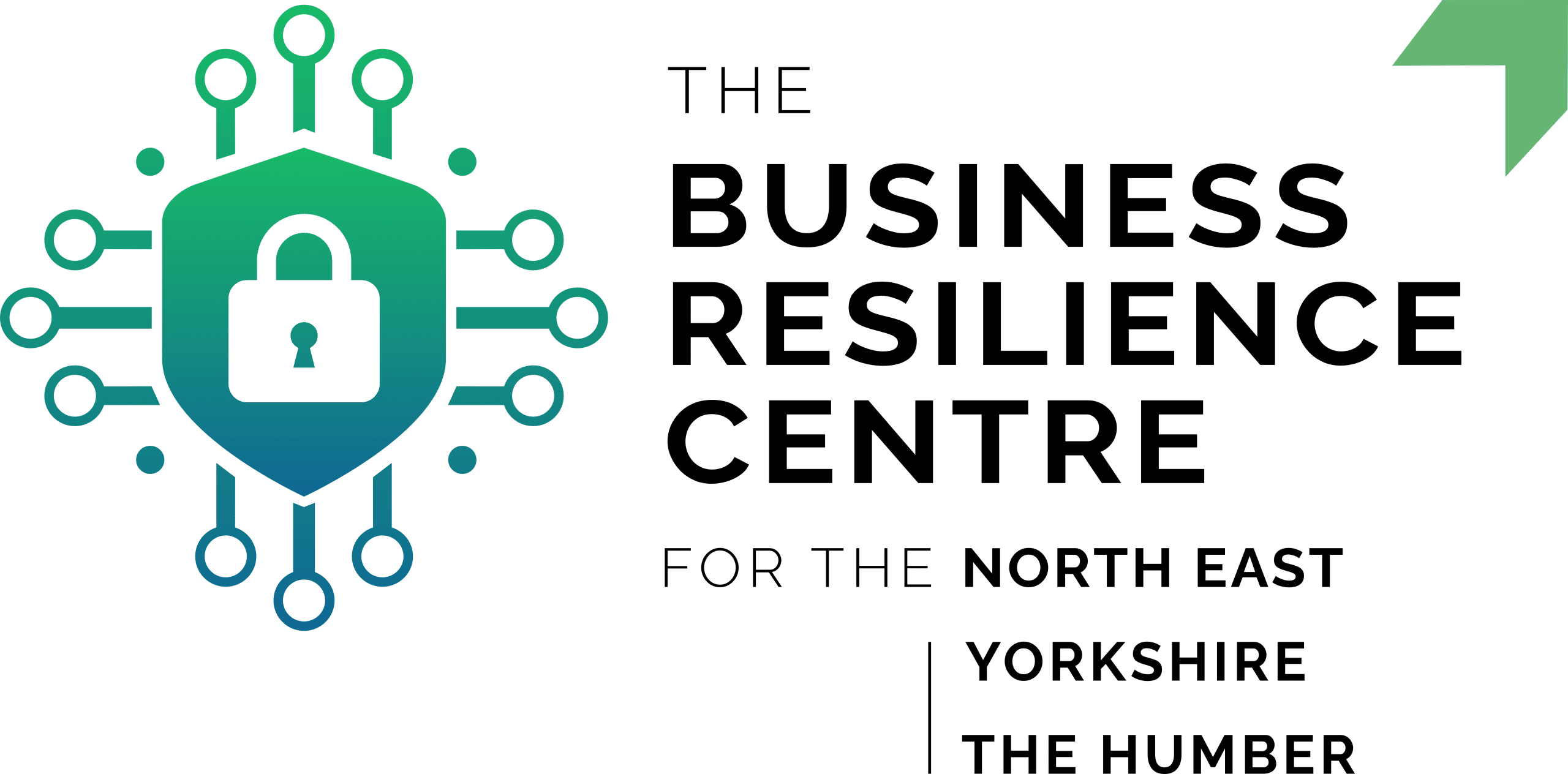Cybersecurity is an essential part of any business. This starts with awareness of the common threats, such as ransomware attacks. In this blog, we discuss how ransomware attacks remain a significant threat. So, what do you need to know about ransomware attacks?
Ransomware attacks occur when a malicious computer programme encrypts all your data, meaning you can’t get access to it without a decryption key. Cyber criminals withhold this from you unless you meet their demands, usually in the form of a cryptocurrency payment. Many organisations have been shown to be insufficiently prepared against these attacks due to outdated legacy IT systems.
Read on to find out more about large-scale ransomware attacks.
How Malicious Is Ransomware?
Most companies rely on legacy IT systems, so the infrastructure remains vulnerable to attackers, as they can’t be updated. In addition to this, if they are exposed to the internet, they can be found and exploited to deliver ransomware. It has been shown that there has been a failure to sufficiently invest in safeguards to prevent a major crisis, particularly from groups linked to Moscow, Beijing and Pyongyang. Companies need to be aware of the major risk of a large ransomware attack, as foreign actors involved in organised crime are using automated tools to check for vulnerabilities, and come attacks occur via phishing email or social engineering (guessing passwords).
Common Types Of Malware Attacks
As a business, you need to be aware of different types of malware attacks that cybercriminals use. These include:
Encryptors
Encryptors are the most well-known and damaging variant of ransomware. This attack takes information and encrypts it within the system, making the content utterly inaccessible without a decryption key. This is one of the most common ransomware attacks, with 72% of global businesses affected in 2023.
Lockers
Lockers completely lock you out of your system, making all of your files and applications inaccessible. A lock screen will display the ransom demand and possibly give you a countdown clock. If there is a payment suggestion, the NCA (National Crime Agency) advises you not to pay the ransom as there is no guarantee you will gain access to your data. It also encourages crime and entices the user to continue attacking your data.
Scareware
Scareware is a fake software that claims to have detected malware or a virus on your device, directing you to pay to resolve the problem. Some scareware will lock your computer, while others will flood your screen with pop-ups without damaging any files. It will often manipulate you to download or purchase malware-infested software.
Leakware
Leakware is when there is a threat to distribute sensitive information about a company online, and many individuals panic into paying the ransom to prevent private data from being published. The police advise against this as it encourages crime, and if you pay the ransom, you need to make changes to your site, or it will just happen again.
How To Protect Your Business From Cyber Attacks
The best way to prepare for and prevent cybercrime in your business is to train all employees and have policies in place if an attack occurs. This can be done by restricting who has access to your sensitive data and promoting the use of strong passwords, MFA, including biometrics and security software, installed across all devices in the company.
Ensure all devices and systems used within the company are fully up-to-date to ensure they have the latest protective measures against the ever-evolving cyber threats.
Expert Cyber Security Advice From NEBRC
At NEBRC, we understand keeping your business safe from cyber-attacks is one of the most important aspects of running a company. That’s why we provide expert advice against the most common cybersecurity threats, including ransomware. Sign up for our Free Core Membership here to find out more about how we can help you protect your business.

